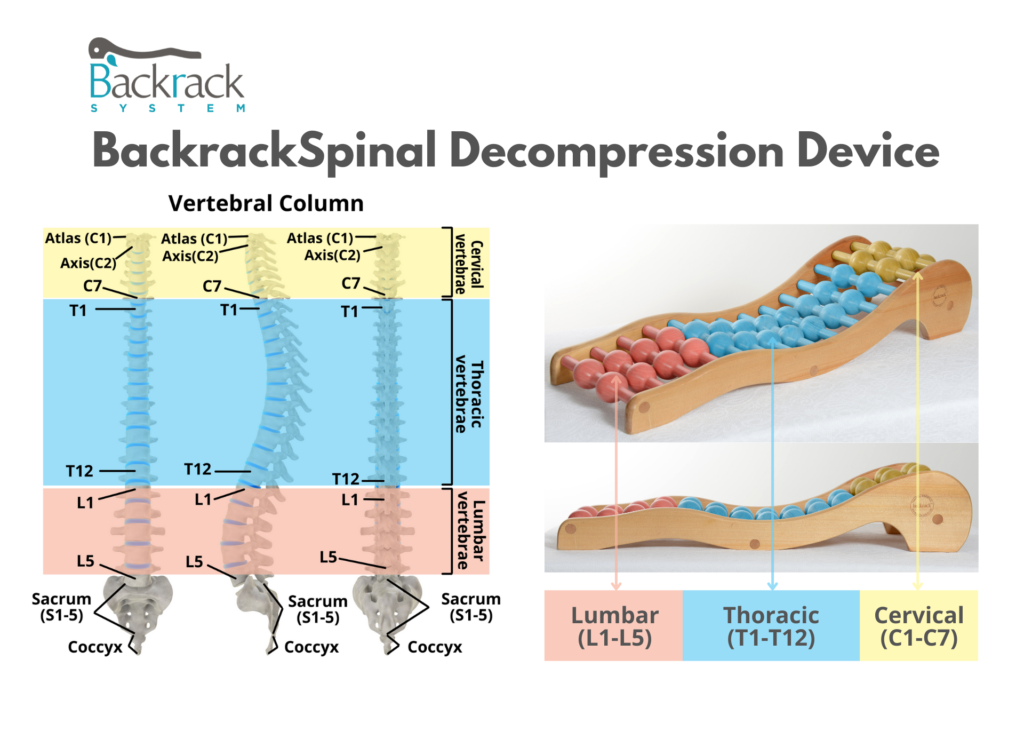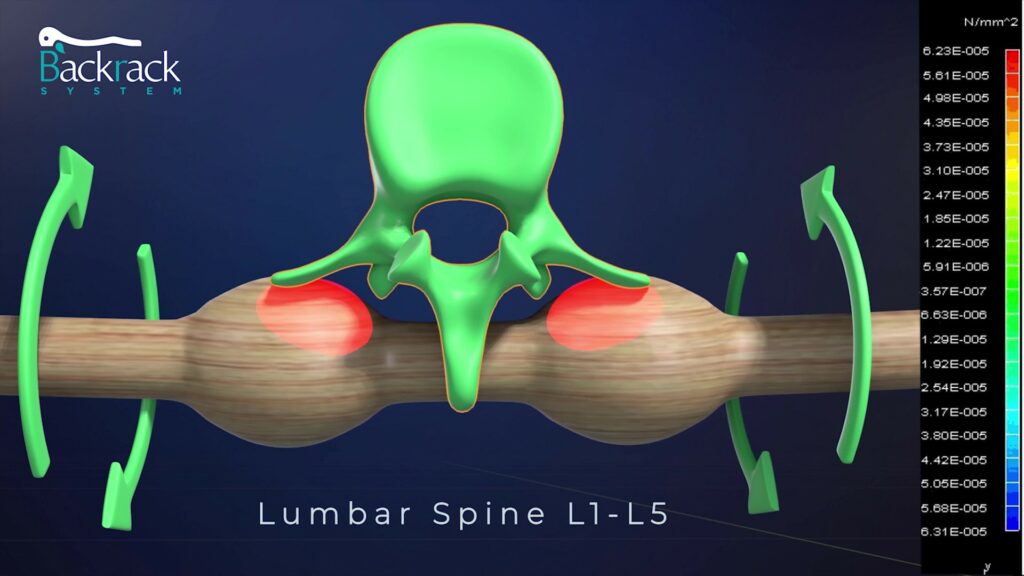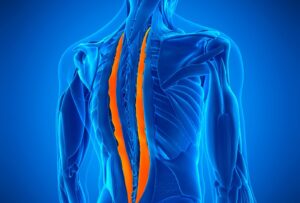When people experience back pain, they often think it is because they have lifted something heavy, sat on a worn-out chair, or slept on a mattress that is either too soft or too hard.
There are many reasons why people experience back pain, and if you have back pain for a long time without any apparent cause, it may be because your spinal muscles are misaligned or you have ‘lumbar spine joint dysfunction syndrome’ (JDS).
Lumbar JDS is also often referred to as lumbar facet joint syndrome or lumbar facet syndrome.
What is Lumbar Spinal Joint Dysfunction Syndrome?
The lumbar area is the lower back area of the spine. Joint dysfunction means that the function of the joint in this region is unhealthy. Syndrome refers to a group of signs and symptoms present together that are correlated with each other and often, with a particular disease or disorder.
Lumbar JDS is a complex disorder which presents with pain in the lower back and/or altered function. It may also be a complication of a structural or a musculoskeletal disorder. It implies that a segment of the lower spine (that is, a joint which helps in movement) or its associated soft tissues are causing the pain.
Thus, it is often characterised by si joint pain (sacroiliac joint pain), also known as sacroiliitis, sacroiliac joint dysfunction, or sacroiliac joint syndrome. Sacroiliac pain occurs when the joint that connects the sacrum and ilium bones presents a dysfunction that causes discomfort or pain.
The main function of a spinal joint (synovial joint) is to allow the spine to bend. But in the case of JDS, a joint dysfunction exists. Either the joint shows limited range of motion (called hypo mobility), or moves excessively (called hypermobility).
The problem that occurs more commonly and which is also easier to treat is hypo mobility of the spinal joints.
Why it happens
There are usually two main causes of a joint that is hypo mobile.
- Tight muscles that cross the joint. This usually occurs in smaller deeper muscles of the lower back.
- Taut soft tissues surrounding the joints. This occurs as a result of build-up of fibrous adhesions. If these adhesions build up in joint capsules or ligaments, the movement of the joint is greatly compromised.
Two more less common causes which cause a joint to become hypo mobile include bone spur formation at the joint margins, or presence of a meniscoid body in the joint space.
On the other hand, a hypermobile joint occurs due to the following:
- Overstretching of a joint’s soft tissues, especially the capsule and ligaments. This will cause the joint to become unstable.
- Excessive joint movement also occurs in compensation for an adjacent hypo mobility. This is common in the spine because a number of joints are located next to each other.
Joint dysfunction thus isn’t necessarily a problem of the entire lower back. It is more focused only on a segment of the spine which involves the problem area.
Is Joint Dysfunction the same as Joint Misalignment?
Misalignment is often used to denote a joint dysfunction by chiropractors or therapists. Misalignment of a joint means that the particular joint is out of place of its normal structural position among the spinal vertebrae.
Joint dysfunction, on the other hand, indicates that the functional movement of the vertebral bodies at the spinal joints is not occurring properly.
These are, however, related. A misaligned vertebra can occur due to tight musculature or fascial adhesions. These same tight muscles and adhesions may affect the movement of that vertebra, resulting in a hypo mobile joint dysfunction.
Signs, Symptoms and Diagnosis
People with a Joint Dysfunction commonly complain about:
- Pain in the midline of the back.
- Pain may be referred down the legs. It can move down as far as the foot but usually does not extend below the knee.
The location of the pain, its quality and how it is referred are not unique to only this diagnosis and are nonspecific. These symptoms are the same as of some other spinal conditions.
Thus, the only use of seeking medical advice and giving a history is that any serious underlying conditions are ruled out, or that there isn’t a different cause the patient feels pain (such as sacroiliac joint dysfunction, axial spondyloarthritis, ankylosing spondylitis, compression of a nerve root or even that of the spinal cord, wear and tear of the spinal structures, etc).
Visiting the doctor may also important to determine or rule out any other neurological disorders that might be present.
What can you do about it?
Joint dysfunction along with tight muscles usually occur together in any musculoskeletal condition. Because of this reason, massage therapists and chiropractors complement each other. If the condition is chronic (long term) and it usually results in the presence of fibrous adhesions, chiropractic manipulation is necessary.
Other important and helpful nonsurgical treatments include massage, application of heat/ warmth on the problem area, physical therapy, anti-inflammatory medication and various stretching techniques to relax the tight muscles. Exercise can also be helpful in stretching the taut soft tissues associated with the problem joint.
Just like with any condition, it is important to start with minimally invasive methods first and avoid complicated surgical or non-surgical procedures (including radiofrequency ablation) as much as possible.
Spinal Backrack can help you treat the cause of pain at home!



Author: Spinal Backrack








